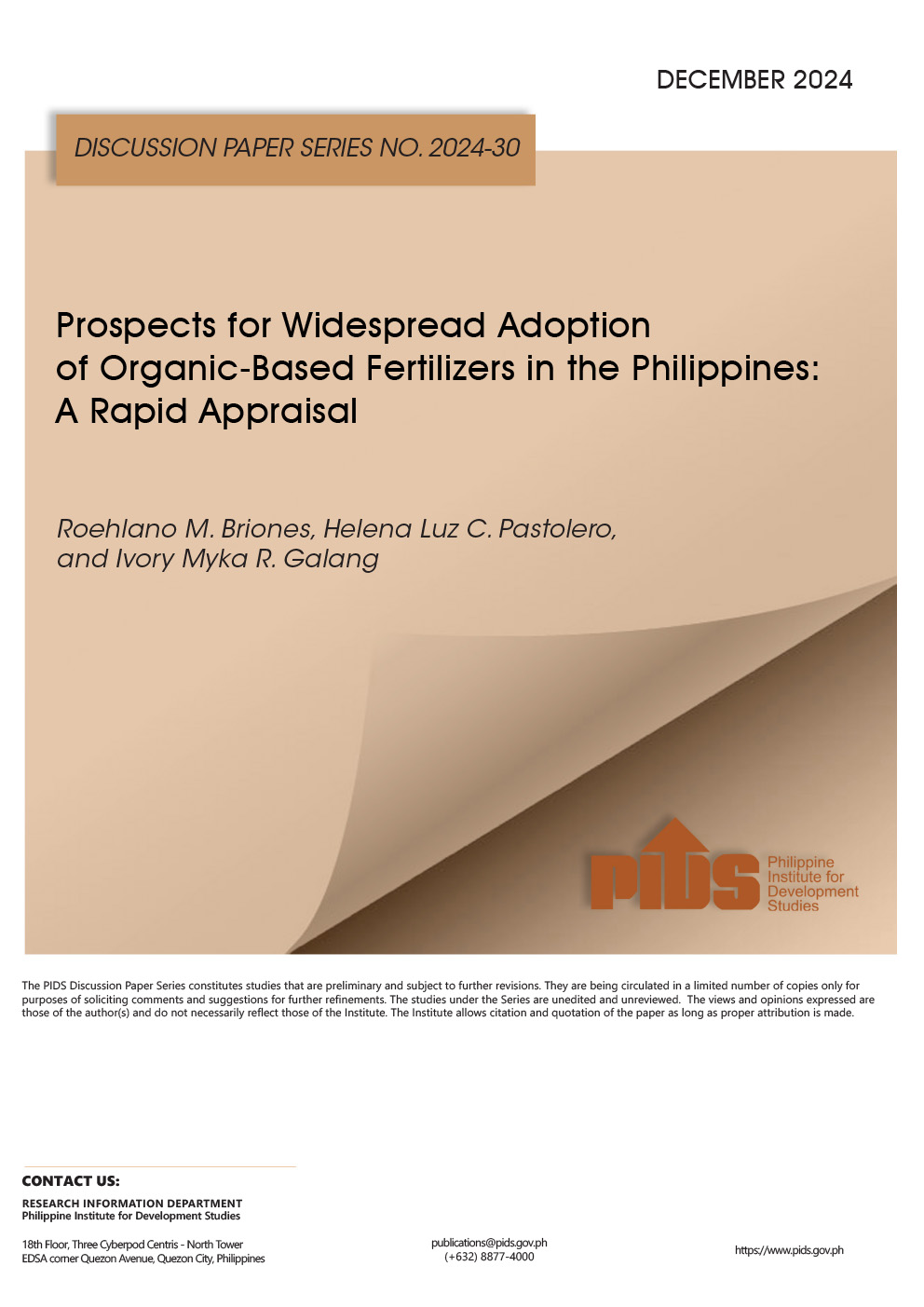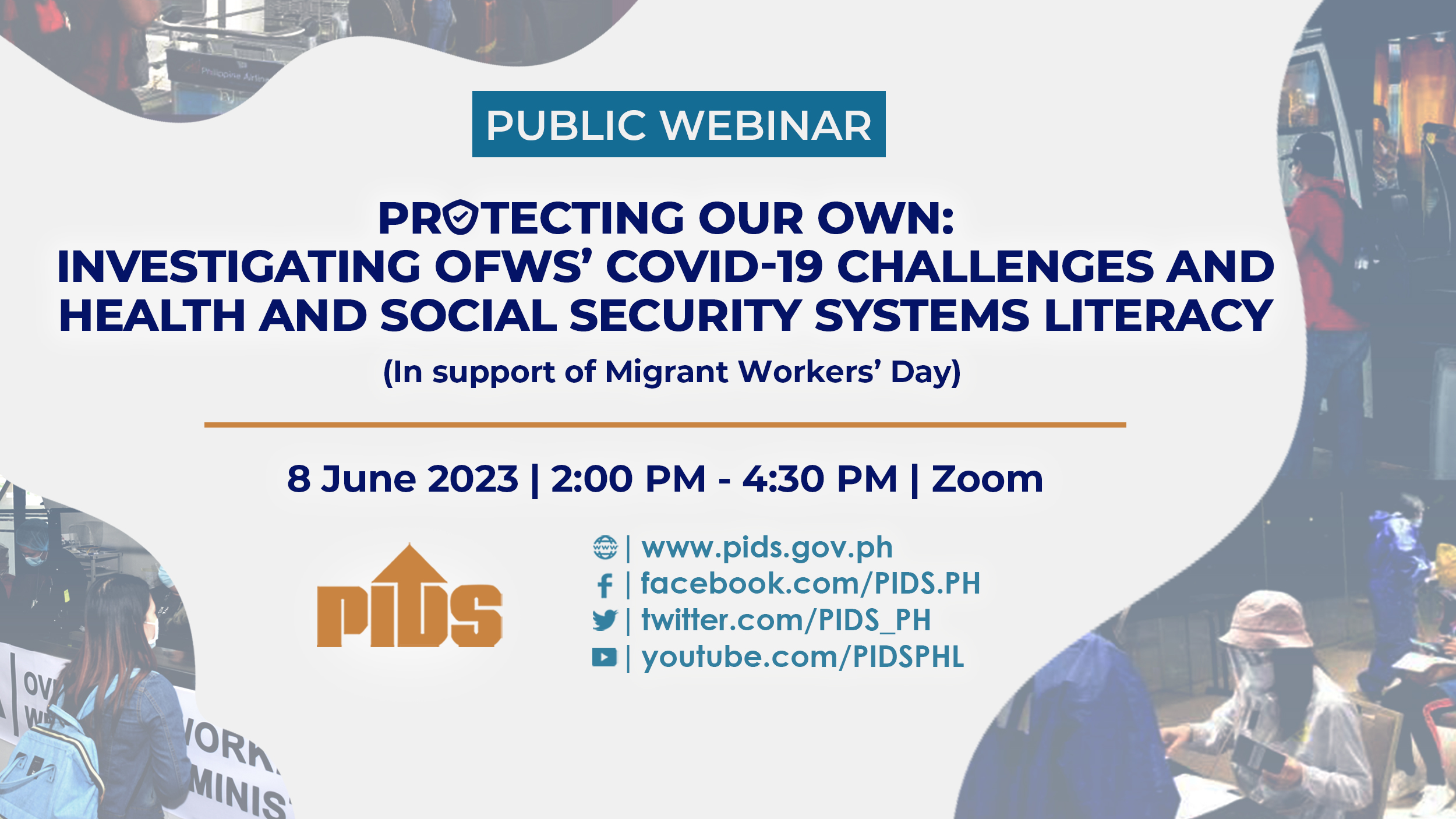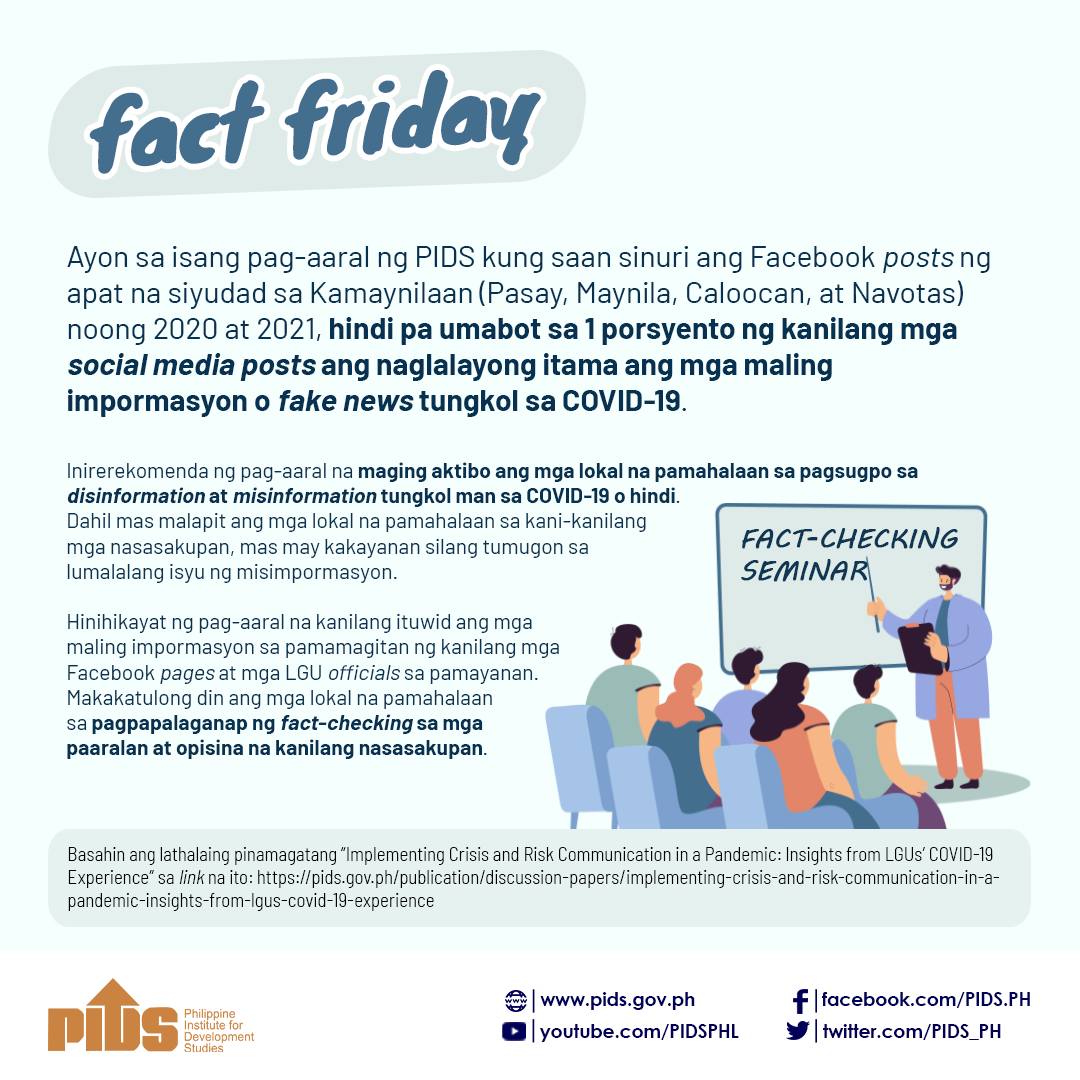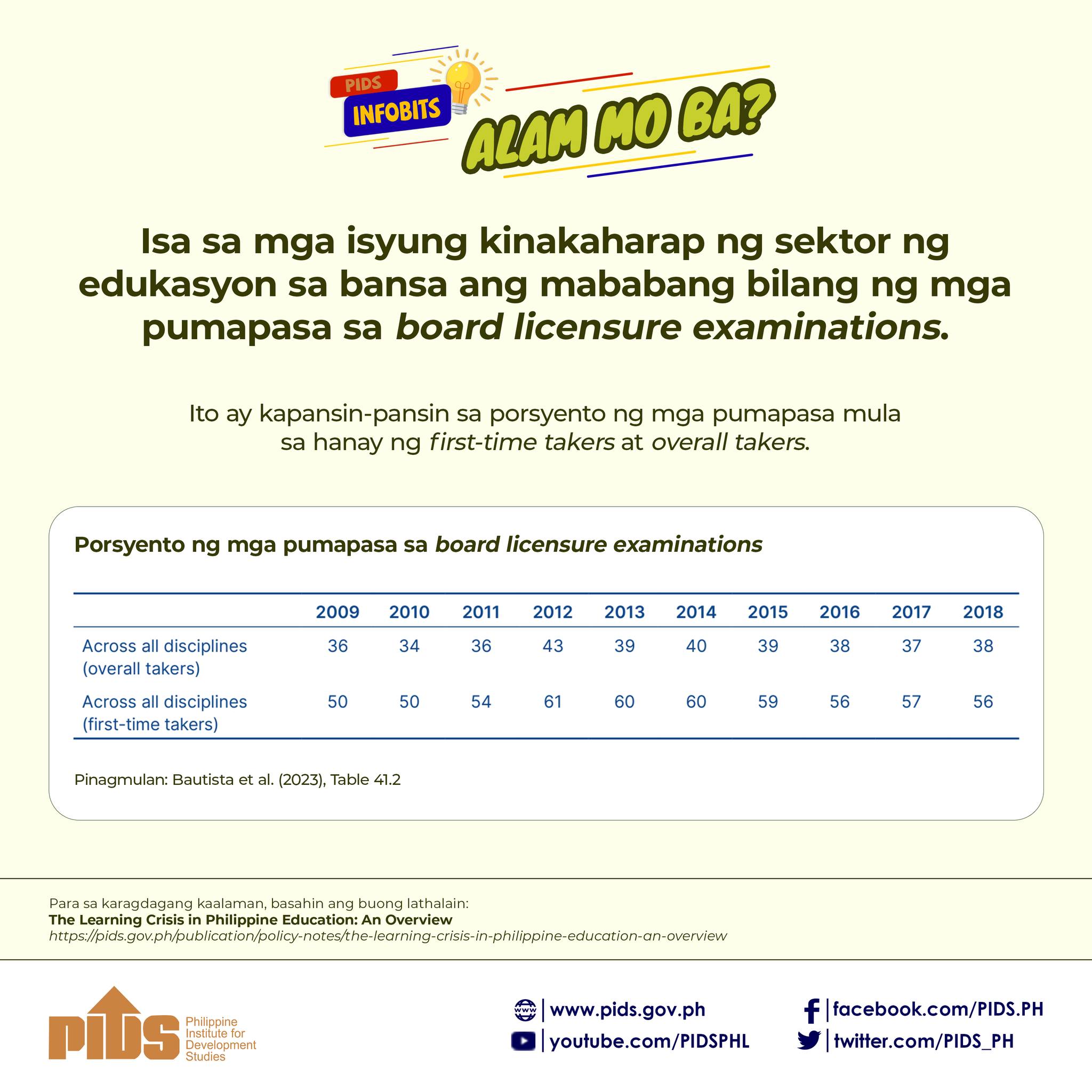Practically every Philippine president, save for Erap Estrada due to his short stint, has had to face a rice crisis. This happens when supply shortages combine with steep price increases enough to cause public anger, merit a congressional investigation, and result in a frenzy of finger-pointing in and among government agencies.
Eventually supply stabilizes albeit at a higher price, congressmen and senators get tired berating National Food Authority (NFA) officials and rice traders, and some poor scapegoat is dressed down or gets the ax. People calm down. Until the next crisis comes.
A chronic problem
Analysts often point out 4 factors behind the chronic crisis of our rice industry.
One is high population growth. Simply put, the increase in the number of Filipinos eating rice outpaces any increase in rice production. Unfortunately, this will be a given for the next few years since a country’s population rate takes decades to change.
Two is low yield coupled with high cost of production. While our rice-producing neighbors like Vietnam and Thailand produce an average of 5 to 8 tons per hectare at a cost of P5 to P9 per kilo, our farmers produce a lower average of 3 to 6 tons per hectare at a higher cost of P11 to P14 per kilo. On top of that, most rice farmers have to share their income with landowners, traders, and money lenders who all charge usurious rates for land, farm inputs, and interest.
Because of the difficulties faced by our rice farmers, many have opted to just sell out to land developers eager to convert their farms to residential or industrial uses. Low yield and high production cost, coupled with the decreasing land area devoted to palay, is a triple whammy for rice production. In fact, palay’s share in the economy’s gross value added has been falling by 10.4% annually for the last 4 years, indicating a dangerous trend of shrinking production.
Three is hoarding and price manipulation. Rice traders act like a cartel and, in connivance with officials of the NFA, Department of Agriculture (DA), Department of Trade and Industry (DTI), and law agencies, are able to constrict supply at will, creating artificial shortages and price spikes.
The NFA, whose mandate is to ensure national food security and stabilize supply and prices of staple cereals both in the farm and consumer levels, has become a ghost of its original self. It’s capacity to purchase at least 10% of total palay production is down to a mere 1% to 2%, even less in some years, making no dent in farmgate or retail prices.
The “bukbok issue” highlights not just the NFA’s incompetence but the folly of rice importation as the simple, go-to solution to the chronic rice crisis.
Four is our flawed importation policy. With expensive local supply unable to cope up with demand and cartels manipulating the market to keep prices high, a stop gap measure has always been to just import cheaper rice. But massive rice importation, including of smuggled rice, has become the rule. Despite this, imports have failed to impact significantly on supply and prices.
In many instances, imports arrive late, coinciding with the harvest season. This tends to depress local farmgate prices, serving as another disincentive for farmers to plant palay. Worse, the NFA has served as a mere facilitator of private sector importation, further reducing its capacity to influence prices. It has actually connived with private traders in profiteering operations involving smuggled rice.
Short term solutions to a long term problem
The systemic, deep-seated problems afflicting our rice industry require equally systemic and radical reforms. Sadly, we tend to act only during the most acute stages of the crisis, by which time we are left with limited, stop-gap options, namely price controls, emergency importation, and the public shaming of NFA officials and the Binondo rice cartel.
The response to the present crisis is typical of this “too little, too late” approach. The NFA and the DA identified the looming supply problem middle of last year. The default solution was rice importation, with the debate on whether to do it government to government or via the private sector delaying the process, leading to the early depletion of the NFA’s buffer stock.
The “bukbok” issue highlights not just the NFA’s incompetence but the folly of rice importation as the simple, go-to solution to the chronic rice crisis. The logical conclusion of such thinking is the harebrained proposal by no less than the secretary of agriculture to legalize rice smuggling.
In the mid-1990s, government economists were even proposing to convert rice fields to cut flower farms to maximize income and then just import rice from Thailand or Vietnam. This prompted farmers to ask if you could cook sinangag na sunflower for breakfast.
Yet the evidence suggests that rice importation does not necessarily lead to lower retail prices. As IBON Foundation notes, the years of highest importation are also the years of the highest price increases.
But even if the imports come on time and help reduce prices, that still would not address the problem of having to rely on imports for our most important staple crop that, in the early '80s, we actually grew in abundance enough to export.
The unli rice challenge
You don’t have to be a rocket scientist or an agriculture secretary to see what needs to be done. Long term solutions are actually contained in countless policy papers, program designs and pieces of legislation. The problem is that no government has had the perseverance and political will to actually see them through.
The following goals are key:
First, increase rice yield to keep up with population growth while lowering the cost of production.
It is simply not true that we can't compete with our ASEAN neighbors. We are endowed with the same resources and weather conditions like Thailand and Vietnam. What we lack are the infrastructure, farmer support and industry development programs that they have put in place, many of which were learned, ironically, from Filipino scientists and technologists from UP Los Baños.
Everyone claims that imported rice is cheaper but it’s still sold at a premium price way beyond the price of local rice. Such profiteering by rice traders and importers must be checked.
To achieve this goal, 4 things have to be done: 1) roll out massive and adequately funded projects and programs to provide farm inputs, technology and machinery, affordable financing, research and development to our rice farmers; 2) rehabilitate existing irrigation systems and construct new ones to double or even triple the yield of existing farms; 3) stop the conversion of agricultural land, especially irrigated rice land, to non-agricultural purposes; and 4) reconfigure and complete the agrarian reform program to provide free land to qualified rice farmers and dismantle the remaining feudal structures and mindsets that discourage them from tilling the land and adopting better farming technologies.
All these presuppose good management, transparency, accountability and focus from the lowest to highest levels of government. If only half of the energy and focus given to the drug war were given to agriculture and rice production, we would already be better off.
Second imperative is to dismantle the cartel and establish policies and mechanisms to prevent cartel-like behavior and other abuses of market power.
To do this, the NFA would have to be revamped into a pro-active agency with the capacity to buy palay at competitive rates and in enough volume to actually influence supply and prices. From procuring a mere 1% to 2% of local palay, regulating rice imports and maintining a 90-day buffer stock, the NFA would have to drastically increase its palay procurement program, directly import rice on a government-to-government basis to keep costs low, ensure fair farm gate prices and serve as a check on private sector profiteering.
This is easier said than done. The rice cartel is a rich, powerful and well-entrenched lobby group. Its allies in government include not just the politicians they fund but the neoliberal technocrats who still believe in the myth of the free market. No one would be happier if the NFA were abolished and import restrictions lifted than the members of the rice cartel.
Third is to supplement local production by importing rice at the right amount at the right time. Admittedly in the short term, we can't do without importation. What is important however is that imports should not flood the market to the detriment of our local farmers. Limiting imports to just the lean months or to meet actual shortages is essential.
In this light, the pending rice tarrification bill in Congress that does away with quantitative restrictions on rice is dangerous. Absent the above-mentioned reforms, allowing the unlimited importation of rice, even if slapped with high import taxes, will adversely impact on our rice industry, including close to 20 million Filipinos dependent on it. A study by the Philippine Institute of Development Studies estimates a 29% reduction in farmers’ income due to rice tarrification.
Fourth is to regulate the price of rice. It is frustrating for our farmers that even as retail prices are skyrocketing, the farm gate price for palay has hardly changed. Worse, everyone claims that imported rice is cheaper but it's still sold at a premium price way beyond the price of local rice. Such profiteering by rice traders and importers must be checked.
All these things can’t be done by the private sector using free market mechanisms. The government will have to play a central and overarching role. And although that may seem sacriligious to the neolibalist trio who hold the reins of economic policy – Sonny Dominguez, Ernie Pernia, and Ben Diokno – it’s a reality that we all have to face.
Unless we come up with such long term, radical solutions, we will be reeling time and again with the same problems. The worst thing that can happen out of the current crisis is that we don't learn our lesson. Again. – Rappler.com












